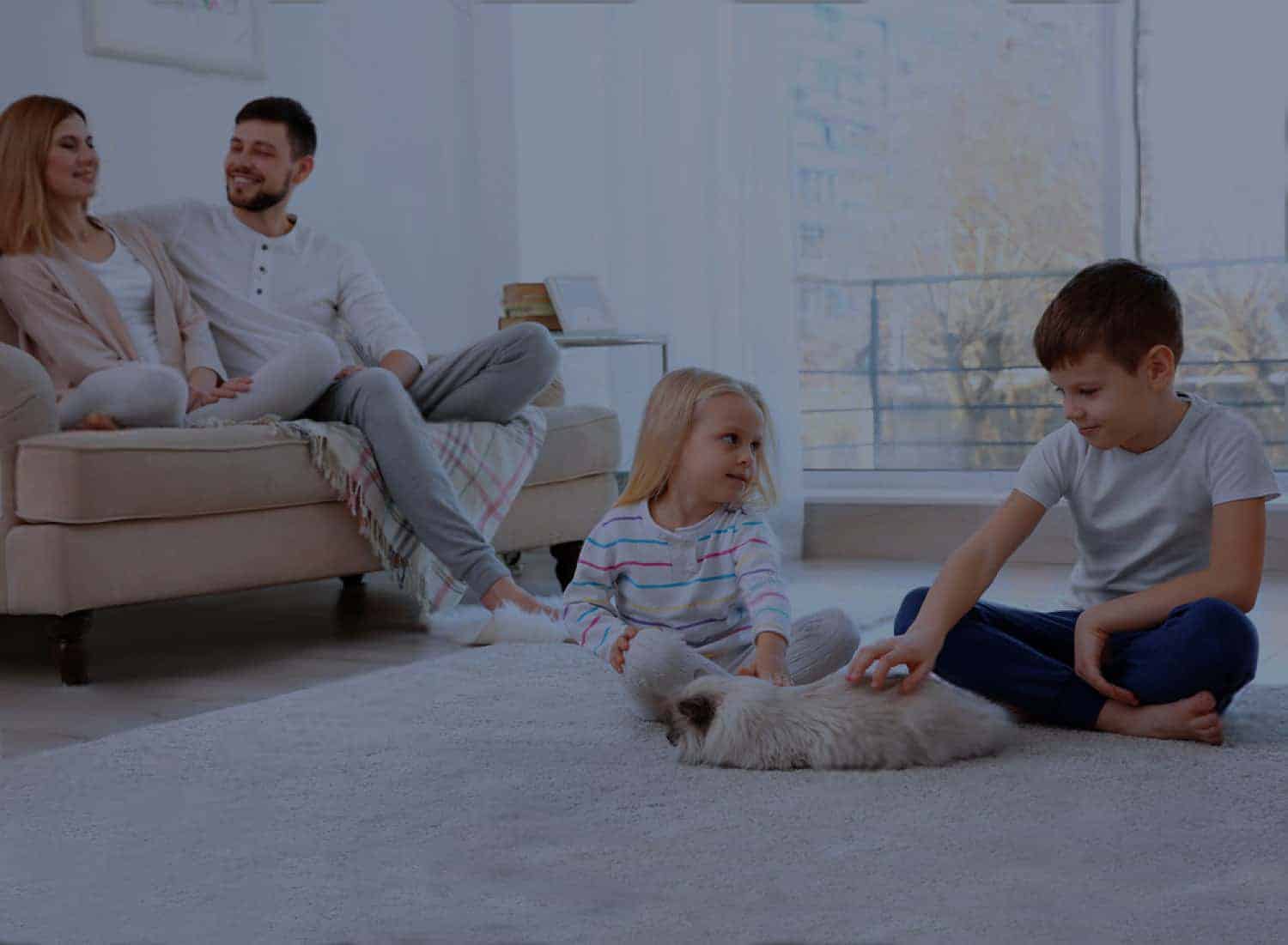

Your Home May Be
Hurting Your Family
Get A FREE Quote


Your Home May Be
Hurting Your Family
Get A FREE Quote
CAN BREATHING HARM YOUR CHILDREN?
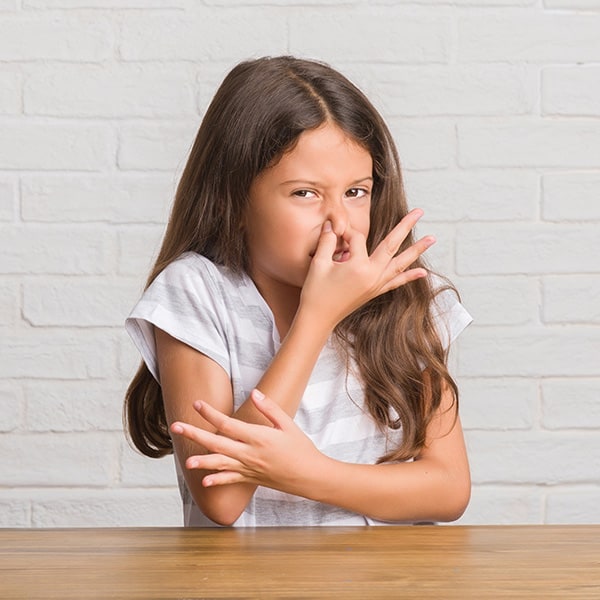
Breathing is essential to living but can it also kill us? Have your children ever told you about a weird smell? Did you notice that smell too? That suffocating odour that immediately hits your nose as you enter the home or room? It is not easy to describe this foul odour but that smell is most obvious when your home is new, recently renovated, or just had some new furniture put in.
That disgusting, nauseating stench comes from FORMALDEHYDE, a Volatile Organic Compound (VOC) commonly found indoors, and which many health authorities agree is bad for health. And it may linger in your space for a long time, sometimes for years, affecting your health and your children’s health in the long term. Because we now spend a lot more time indoors, the ill effects of VOCs on our health is multiplied.

Breathing is essential to living but can it also kill us? Have your children ever told you about a weird smell? Did you notice that smell too? That suffocating odour that immediately hits your nose as you enter the home or room? It is not easy to describe this foul odour but that smell is most obvious when your home is new, recently renovated, or just had some new furniture put in.
That disgusting, nauseating stench comes from FORMALDEHYDE, a Volatile Organic Compound (VOC) commonly found indoors, and which many health authorities agree is bad for health. And it may linger in your space for a long time, sometimes for years, affecting your health and your children’s health in the long term. Because we now spend a lot more time indoors, the ill effects of VOCs on our health is multiplied.
That disgusting, nauseating stench comes from FORMALDEHYDE, a Volatile Organic Compound (VOC) commonly found indoors, and which many health authorities agree is bad for health. And it may linger in your space for a long time, sometimes for years, affecting your health and your children’s health in the long term. Because we now spend a lot more time indoors, the ill effects of VOCs on our health is multiplied.

Symptoms arising from exposure to high concentrations of formaldehyde include: burning sensation of the eyes, nose and throat, watery eyes, coughing, wheezing, nausea, dizziness, headache and skin irritation. Other harmful VOCs will also cause similar symptoms. Have you noticed these symptoms on yourself or your children?
Long-term exposure to such VOCs can be detrimental to your health and may lead to development of allergies, liver, kidney or central nervous system damage, and cancer.
Symptoms arising from exposure to high concentrations of formaldehyde include: burning sensation of the eyes, nose and throat, watery eyes, coughing, wheezing, nausea, dizziness, headache and skin irritation. Other harmful VOCs will also cause similar symptoms. Have you noticed these symptoms on yourself or your children?
Long-term exposure to such VOCs can be detrimental to your health and may lead to development of allergies, liver, kidney or central nervous system damage, and cancer.
Long-term exposure to such VOCs can be detrimental to your health and may lead to development of allergies, liver, kidney or central nervous system damage, and cancer.
WHAT IS VOLATILE ORGANIC COMPOUND?
Volatile Organic Compounds, or commonly called ‘VOC’, are colour-less vapours emitted by chemicals found in solids or liquids. These chemicals may have short-term adverse health effects, and at worst, long-term health effects.
Some studies have shown that VOC concentration is consistently higher indoors than outdoors, by as much as ten times.
Volatile Organic Compounds, or commonly called ‘VOC’, are colour-less vapours emitted by chemicals found in solids or liquids. These chemicals may have short-term adverse health effects, and at worst, long-term health effects.
Some studies have shown that VOC concentration is consistently higher indoors than outdoors, by as much as ten times.
Some studies have shown that VOC concentration is consistently higher indoors than outdoors, by as much as ten times.


VOCs commonly found indoors are: formaldehyde, benzene, toluene, acetone, carbon disulfide.
Examples of VOC sources are: paint, detergent, varnish, wood preservative, pesticide, fuel, glue, aerosol spray, building material, etc.
Examples of VOC sources are: paint, detergent, varnish, wood preservative, pesticide, fuel, glue, aerosol spray, building material, etc.
Thus, harmful VOCs come from your wooden furniture, shelves, wall paint, curtains, clothing, genuine and synthetic treated leather, scented candles, yoga mats and even air fresheners.
VOCs commonly found indoors are: formaldehyde, benzene, toluene, acetone, carbon disulfide.
Examples of VOC sources are: paint, detergent, varnish, wood preservative, pesticide, fuel, glue, aerosol spray, building material, etc.
Thus, harmful VOCs come from your wooden furniture, shelves, wall paint, curtains, clothing, genuine and synthetic treated leather, scented candles, yoga mats and even air fresheners.
Examples of VOC sources are: paint, detergent, varnish, wood preservative, pesticide, fuel, glue, aerosol spray, building material, etc.
Thus, harmful VOCs come from your wooden furniture, shelves, wall paint, curtains, clothing, genuine and synthetic treated leather, scented candles, yoga mats and even air fresheners.
HOW ARE VOCs
BAD FOR US,
ESPECIALLY
OUR CHILDREN?
HOW ARE VOCs
BAD FOR US,
ESPECIALLY
OUR CHILDREN?
VOCs, especially formaldehyde, can be found in wood products (fibreboard, particleboard, plywood), paper product coating, insulating material, molded plastics, wrinkle-free fabric, pillow filling, and cigarette smoke. Exposure to formaldehyde is usually through inhalation, although small amounts are ingested by eating and drinking. Small amounts of formaldehyde are also found in cosmetics and skin care products.
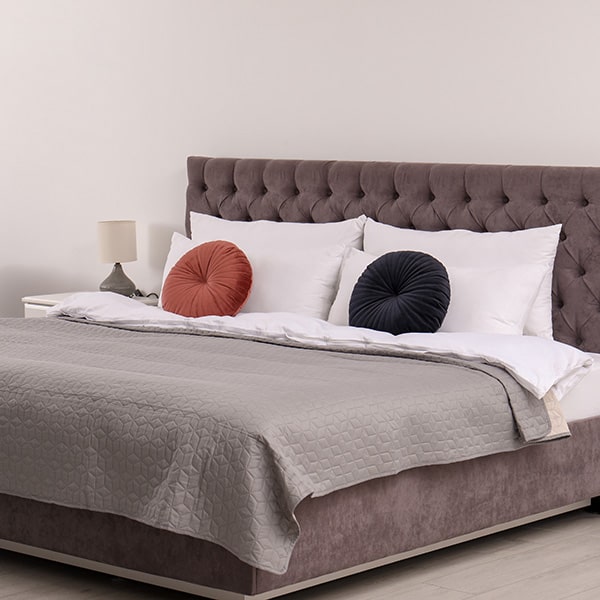

VOCs, especially formaldehyde, can be found in wood products (fibreboard, particleboard, plywood), paper product coating, insulating material, molded plastics, wrinkle-free fabric, pillow filling, and cigarette smoke. Exposure to formaldehyde is usually through inhalation, although small amounts are ingested by eating and drinking. Small amounts of formaldehyde are also found in cosmetics and skin care products.
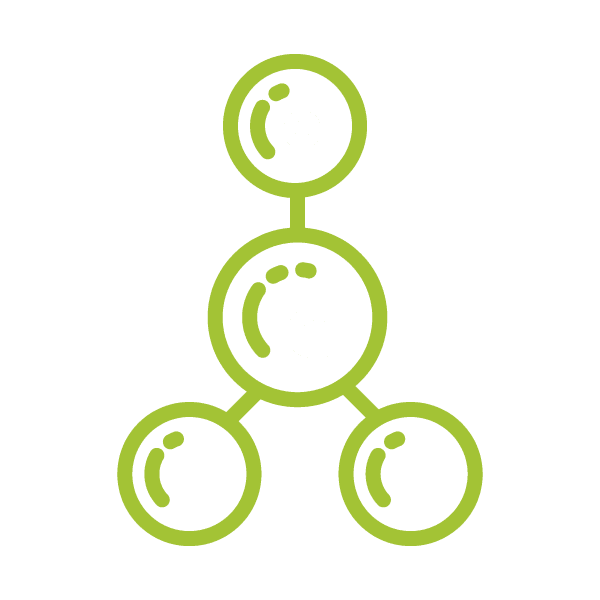
FORMALDEHYDE (HCHO)
The human body also produces small amounts of formaldehyde as part of the metabolic process but this is usually broken down by the body’s processes into carbon dioxide. But because the collective concentrations of formaldehyde are high indoors due to the numerous sources (paint, furniture, cloths, etc), the human body may not be able to cope with breaking all of it down. Furthermore, infants and young children are more at risk to the harmful effects of VOCs because their immune systems are less developed than adults.
Studies in laboratories have found that rats that have been exposed to formaldehyde developed cancer and leukemia. Some studies of people who are constantly exposed to formaldehyde because of their profession, have linked the chemical to higher risk of leukemia and nasal cancer.
Studies in laboratories have found that rats that have been exposed to formaldehyde developed cancer and leukemia. Some studies of people who are constantly exposed to formaldehyde because of their profession, have linked the chemical to higher risk of leukemia and nasal cancer.

FORMALDEHYDE (HCHO)
The human body also produces small amounts of formaldehyde as part of the metabolic process but this is usually broken down by the body’s processes into carbon dioxide. But because the collective concentrations of formaldehyde are high indoors due to the numerous sources (paint, furniture, cloths, etc), the human body may not be able to cope with breaking all of it down. Furthermore, infants and young children are more at risk to the harmful effects of VOCs because their immune systems are less developed than adults.
Studies in laboratories have found that rats that have been exposed to formaldehyde developed cancer and leukemia. Some studies of people who are constantly exposed to formaldehyde because of their profession, have linked the chemical to higher risk of leukemia and nasal cancer.
Studies in laboratories have found that rats that have been exposed to formaldehyde developed cancer and leukemia. Some studies of people who are constantly exposed to formaldehyde because of their profession, have linked the chemical to higher risk of leukemia and nasal cancer.
In the US, the Environmental Protection Agency (EPA) has classified formaldehyde as “a probable human carcinogen”, and the National Toxicology Program (NTP) lists formaldehyde as “known to be a human carcinogen”. Meanwhile, the International Agency for Research on Cancer (IARC), which is part of the World Health Organization (WHO), has concluded that formaldehyde is “carcinogenic to humans”.
Another VOC example – benzene, is used in the production of plastics, detergents, dyes, pesticides, rubber products and cigarettes. Prolonged exposure to benzene have been found to affect the bone marrow and red blood cells, and is linked to anaemia, childhood leukaemia (especially AML), and other blood-related cancers.
Another VOC example – benzene, is used in the production of plastics, detergents, dyes, pesticides, rubber products and cigarettes. Prolonged exposure to benzene have been found to affect the bone marrow and red blood cells, and is linked to anaemia, childhood leukaemia (especially AML), and other blood-related cancers.


In the US, the Environmental Protection Agency (EPA) has classified formaldehyde as “a probable human carcinogen”, and the National Toxicology Program (NTP) lists formaldehyde as “known to be a human carcinogen”. Meanwhile, the International Agency for Research on Cancer (IARC), which is part of the World Health Organization (WHO), has concluded that formaldehyde is “carcinogenic to humans”.
Another VOC example – benzene, is used in the production of plastics, detergents, dyes, pesticides, rubber products and cigarettes. Prolonged exposure to benzene have been found to affect the bone marrow and red blood cells, and is linked to anaemia, childhood leukaemia (especially AML), and other blood-related cancers.
Another VOC example – benzene, is used in the production of plastics, detergents, dyes, pesticides, rubber products and cigarettes. Prolonged exposure to benzene have been found to affect the bone marrow and red blood cells, and is linked to anaemia, childhood leukaemia (especially AML), and other blood-related cancers.
WHAT CAN I DO ABOUT
FORMALDEHYDE AND OTHER VOCs?
To reduce the negative health effects caused by formaldehyde and other harmful VOCs, you can change your furniture to that which use “exterior grade” wood products, buy only all-natural fabrics, use toxin-free household products, increase air ventilation in your home, keep your home at a cool temperature and reduce humidity levels.


To reduce the negative health effects caused by formaldehyde and other harmful VOCs, you can change your furniture to that which use “exterior grade” wood products, buy only all-natural fabrics, use toxin-free household products, increase air ventilation in your home, keep your home at a cool temperature and reduce humidity levels.
However, not all these methods are completely doable or practical. A hot and humid climate means it can be costly to keep the house cool all the time. Furthermore, opening the windows to increase air ventilation could make the home more humid, and also let in outdoor pollution. It may also be costly to change all the furniture, clothes, bedsheets, skincare and cleaning products to all-natural ones. It may also be difficult because of incomplete product labeling.
But some disinfectants when used on a regular basis can help to minimise the effects of VOCs. Besides helping to deactivate harmful VOCs like formaldehyde and benzene, these particular disinfectants also help protect you and the ones you care about from harmful pathogens, fungus, mold and other bacteria and viruses.
However, not all these methods are completely doable or practical. A hot and humid climate means it can be costly to keep the house cool all the time. Furthermore, opening the windows to increase air ventilation could make the home more humid, and also let in outdoor pollution. It may also be costly to change all the furniture, clothes, bedsheets, skincare and cleaning products to all-natural ones. It may also be difficult because of incomplete product labeling.
But some disinfectants when used on a regular basis can help to minimise the effects of VOCs. Besides helping to deactivate harmful VOCs like formaldehyde and benzene, these particular disinfectants also help protect you and the ones you care about from harmful pathogens, fungus, mold and other bacteria and viruses.
But some disinfectants when used on a regular basis can help to minimise the effects of VOCs. Besides helping to deactivate harmful VOCs like formaldehyde and benzene, these particular disinfectants also help protect you and the ones you care about from harmful pathogens, fungus, mold and other bacteria and viruses.
HOW CAN NANION HELP WITH VOCs?
Nanion is a water-based, easy-to-use solution that disinfects any surface in your home, office, or vehicle and improves the air quality.
Based on technology developed in Japan, the Nanion Eco Sterilising Coating is a fast-drying liquid solution that is applied in your home or office. The protective layer of nanoparticles in the Nanion coating is sprayed onto surfaces of your furniture, ceiling, floor and walls. When exposed to light, or more specifically, ultraviolet (UV) radiation, these nanoparticles will react and cause the inactivation of harmful chemicals as well as microorganisms that are in contact with them, and thus effectively neutralise and disinfect the coated surface.
An added benefit of Nanion is that it also acts as an air freshener.
Based on technology developed in Japan, the Nanion Eco Sterilising Coating is a fast-drying liquid solution that is applied in your home or office. The protective layer of nanoparticles in the Nanion coating is sprayed onto surfaces of your furniture, ceiling, floor and walls. When exposed to light, or more specifically, ultraviolet (UV) radiation, these nanoparticles will react and cause the inactivation of harmful chemicals as well as microorganisms that are in contact with them, and thus effectively neutralise and disinfect the coated surface.
An added benefit of Nanion is that it also acts as an air freshener.
Nanion is a water-based, easy-to-use solution that disinfects any surface in your home, office, or vehicle and improves the air quality.
Based on technology developed in Japan, the Nanion Eco Sterilising Coating is a fast-drying liquid solution that is applied in your home or office. The protective layer of nanoparticles in the Nanion coating is sprayed onto surfaces of your furniture, ceiling, floor and walls. When exposed to light, or more specifically, ultraviolet (UV) radiation, these nanoparticles will react and cause the inactivation of harmful chemicals as well as microorganisms that are in contact with them, and thus effectively neutralise and disinfect the coated surface.
An added benefit of Nanion is that it also acts as an air freshener.
Based on technology developed in Japan, the Nanion Eco Sterilising Coating is a fast-drying liquid solution that is applied in your home or office. The protective layer of nanoparticles in the Nanion coating is sprayed onto surfaces of your furniture, ceiling, floor and walls. When exposed to light, or more specifically, ultraviolet (UV) radiation, these nanoparticles will react and cause the inactivation of harmful chemicals as well as microorganisms that are in contact with them, and thus effectively neutralise and disinfect the coated surface.
An added benefit of Nanion is that it also acts as an air freshener.
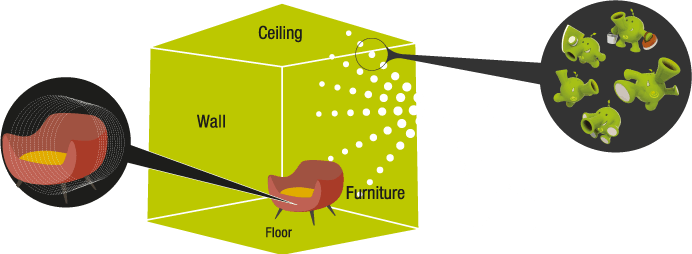
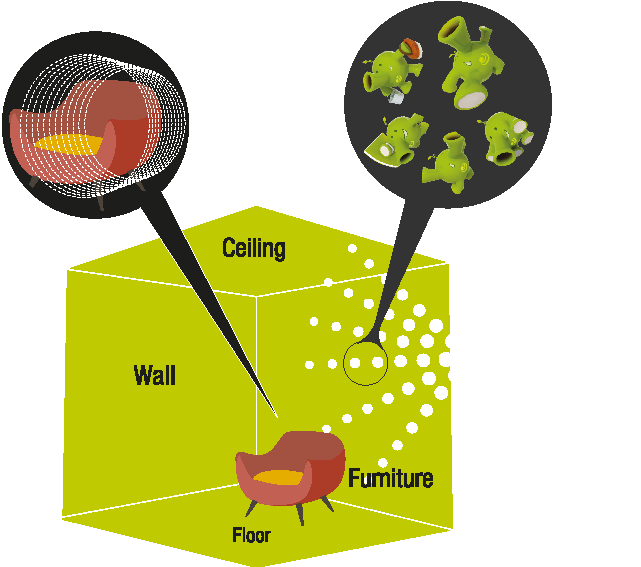
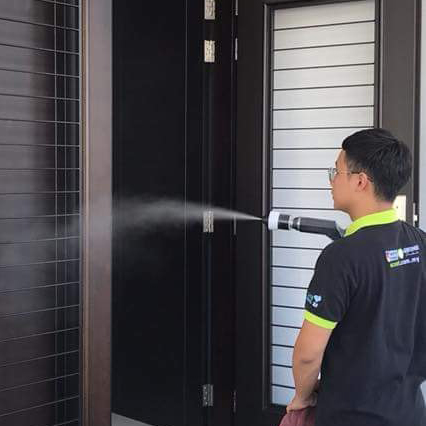
purifies the air and sterilises surfaces
using breakthrough NANOTECHNOLOGY


purifies the air and sterilises surfaces
using breakthrough NANOTECHNOLOGY


purifies the air and sterilises surfaces
using breakthrough NANOTECHNOLOGY


purifies the air and sterilises surfaces
using breakthrough NANOTECHNOLOGY

Also Available
The compact Nanion Eco
Sterlising Spray Series
Perfect protection for people on the move
Sterlising Spray Series
Perfect protection for people on the move
The handy spray bottle comes in two convenient travel sizes so that you can take it everywhere
- Perfect for indoor and outdoor use
- Eliminates 99% of germs
(bacteria, virus, fungus, mold, etc) - Lasts up to 60 days* per spray application
- Safe on all surfaces
- Eco-friendly formula
- Non-toxic & non-flammable
*The effective period & product efficacy vary according to conditions at the time of application.
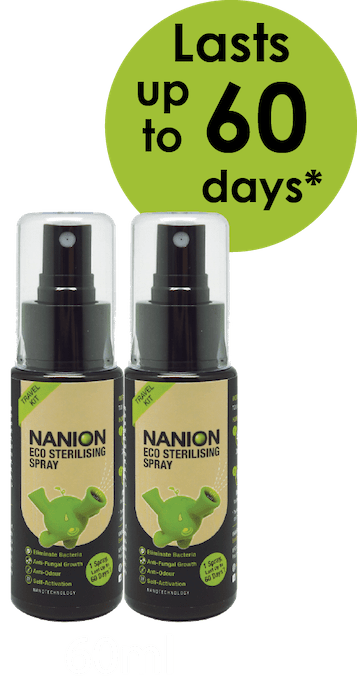
The compact Nanion Eco
Sterlising Spray Series
Perfect protection for people on the move
Sterlising Spray Series
Perfect protection for people on the move
The handy spray bottle comes in two convenient travel sizes so that you can take it everywhere
- Perfect for indoor and outdoor use
- Eliminates 99% of germs
(bacteria, virus, fungus, mold, etc) - Lasts up to 60 days* per spray application
- Safe on all surfaces
- Eco-friendly formula
- Non-toxic & non-flammable
*The effective period & product efficacy vary according to conditions at the time of application.

CASE STUDY
This portable VOC reader functions similarly to the multi-gas detector used by the authorities in Pasir Gudang to read toxic gas levels, and is designed to measure the level of VOC in indoor environments such as homes, offices, factories, and schools. It also includes a sensor for formaldehyde (HCHO).
| PASS | ALERT | DANGER |
| <1500 | 1500-3000 | >3000 |
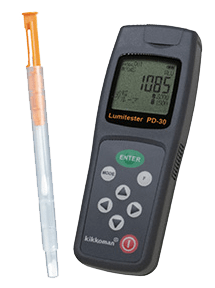

This portable VOC reader functions similarly to the multi-gas detector used by the authorities in Pasir Gudang to read toxic gas levels, and is designed to measure the level of VOC in indoor environments such as homes, offices, factories, and schools. It also includes a sensor for formaldehyde (HCHO).
| PASS | ALERT | DANGER |
| <1500 | 1500-3000 | >3000 |
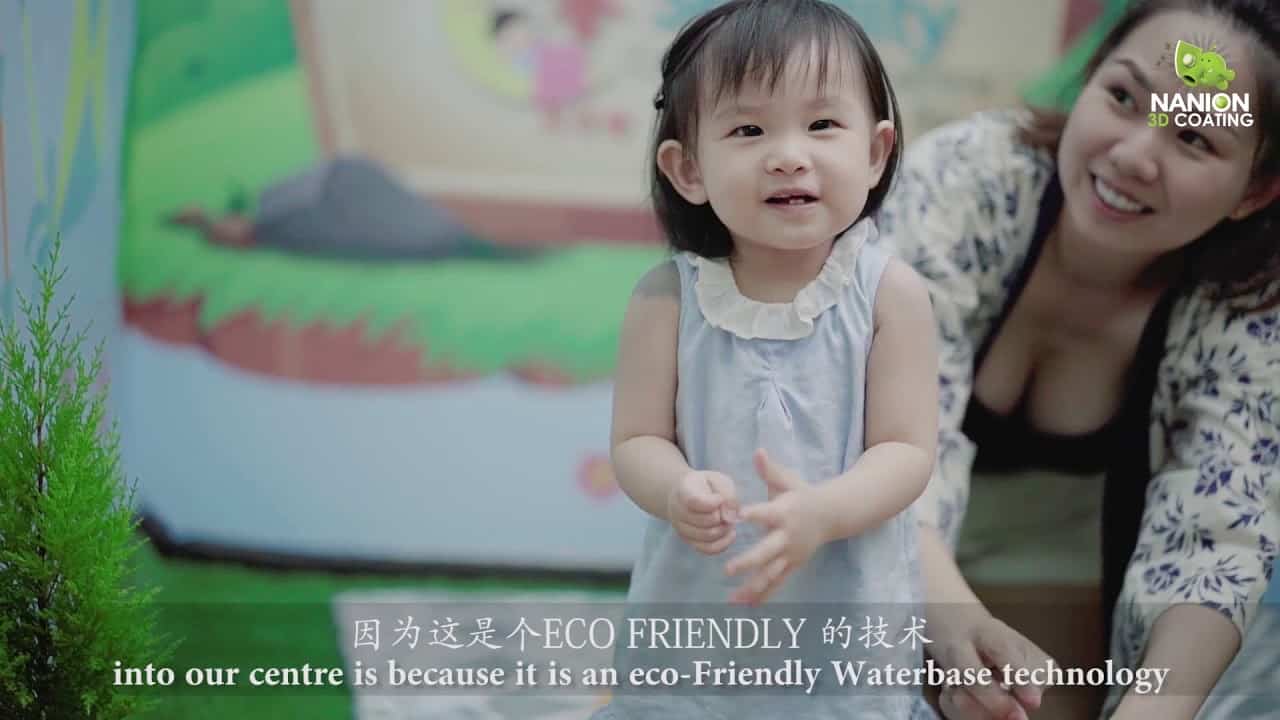

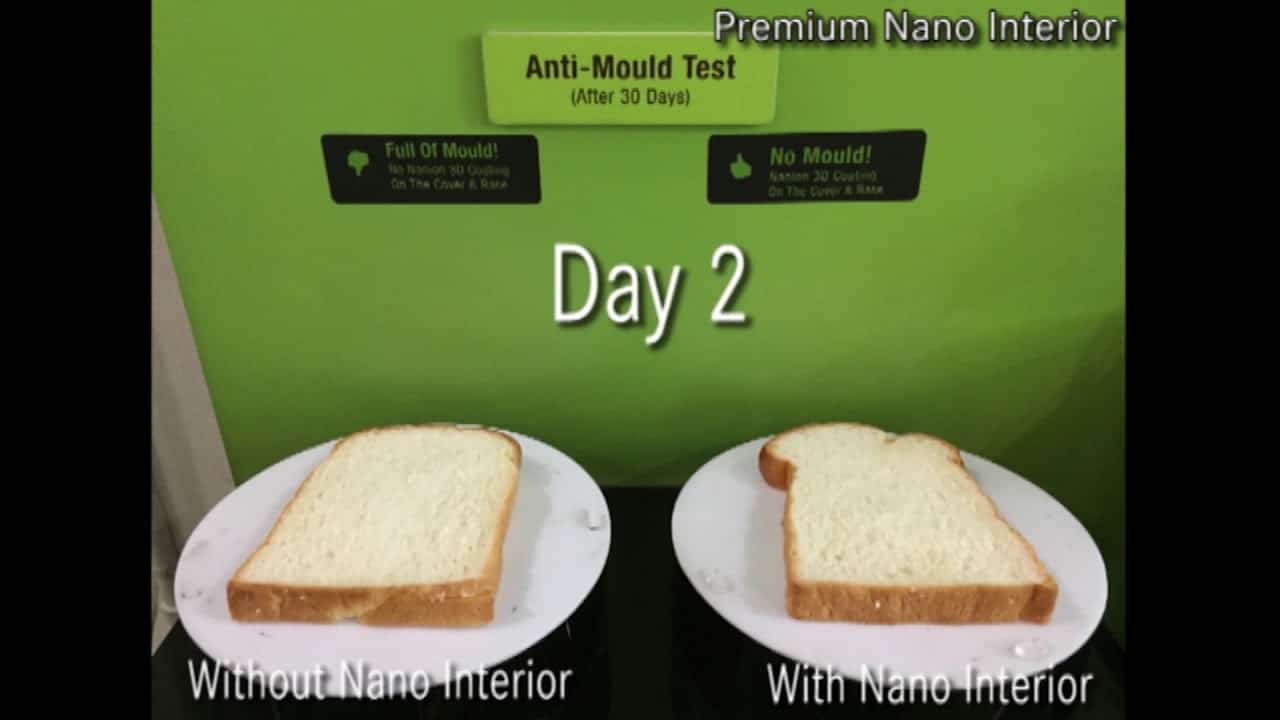


Learn how we can help
you deal with germs
you deal with germs
Learn how we can help
you deal with germs
you deal with germs
About us
Since 2008, Nanion has been constantly innovating to bring the best quality products to consumers. We are passionate with our work and want the best for people we care about, including our customers.
Quick Links
Certification
Facebook
About us
Since 2008, Nanion has been constantly innovating to bring the best quality products to consumers. We are passionate with our work and want the best for people we care about, including our customers.
Our Clients
Certification
Facebook
About us
Since 2008, Nanion has been constantly innovating to bring the best quality products to consumers. We are passionate with our work and want the best for people we care about, including our customers.
Certification
Facebook
About us
Since 2008, Nanion has been constantly innovating to bring the best quality products to consumers. We are passionate with our work and want the best for people we care about, including our customers.
Our Clients
Certification
Facebook
About us
Since 2008, Nanion has been constantly innovating to bring the best quality products to consumers. We are passionate with our work and want the best for people we care about, including our customers.
Our Clients
Certification
Facebook